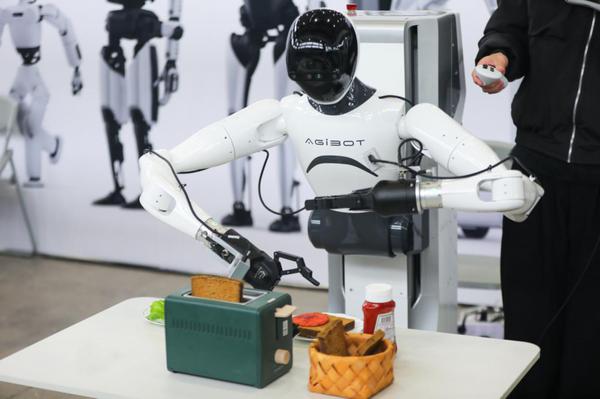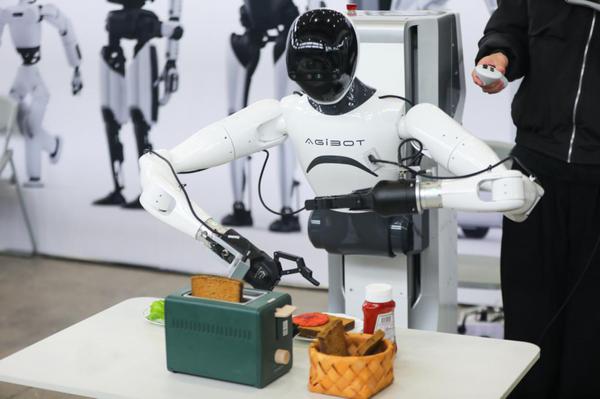Shanghai Factory Ushering in New Era of Humanoid Robots
In a significant step forward for the robotics industry, AgiBot, an artificial intelligence and robotics startup, has launched its first factory in Shanghai dedicated to the mass production of humanoid robots. The facility, located in the Lin-gang Special Area, has already produced over 1,500 robots in less than a year of operation, and the company plans to open a second factory in the city, targeting an annual output of 10,000 units.

“At scale, our robots will cost under 200,000 yuan ($27,500) — less expensive than a family car,” said Peng Zhihui, co-founder of AgiBot. The company initially aimed for a monthly output of 100 units, but surging market demand has driven production to more than 15 units daily, demonstrating the rapid growth and acceptance of this technology.
China’s Growing Presence in the Global Robotics Market
The year 2025 is widely anticipated to be the first year for the mass production of humanoid robots. Chinese companies are quickly demonstrating technological and manufacturing prowess in this field. A recent list of 100 global humanoid robotics-related companies, released by Morgan Stanley, included 37 Chinese companies, such as UBTech and BYD. The China Electronics Society forecasts an 870 billion yuan market for humanoid robots in China by 2030.
Humanoid robotics is a perfect example of embodied AI. Qiao Hong, an academician at the Chinese Academy of Sciences, noted, “Humanoid robots are a particularly promising area. China has established a core technological foundation for the large-scale and cost-effective production of high-performance robotic systems.”
Leveraging Shanghai’s Manufacturing Ecosystem
AgiBot credits its rapid growth to Shanghai’s advanced manufacturing ecosystem and the strength of the Yangtze River Delta’s mature supply chain. Zhang Shaozheng, general manager of manufacturing at AgiBot, explained, “From an industrial chain perspective, we’ve leveraged synergies with the new energy sector, particularly in components like electric motors and gearboxes. It is precisely these mature supply chains that enabled us to produce humanoid robots at scale in such a short timeframe.”
Developing the ‘Brain’ of the Robot
Beyond the physical assembly of the robots, AgiBot is also focused on developing their “brains.” The company recently launched an AI large language model, GO-1, to accelerate robot training. The GO-1 model enables robots to learn new tasks quickly with minimal training, reducing the technical barriers for embodied AI applications. According to AgiBot, the GO-1 model utilizes real-world human demonstrations and internet-sourced video data to improve the contextual understanding of human activities.
At AgiBot’s robot training center in Shanghai, 100 humanoid robots are trained to perform everyday tasks such as pouring tea, folding laundry, and arranging tables in simulated environments.
Yao Maoqing, a partner of AgiBot and president of its embodied intelligence business unit, stated, “Even a simple water-pouring action requires nearly 100 high-quality data samples for training. These datasets, collected from the 100 robots, are uploaded to the cloud computing platform for model iteration, eventually enabling universal task deployment.”
Applications and Future Visions
Initially, humanoid robots will be focused on repetitive industrial tasks like logistics. Yao highlighted that tasks such as packaging variable-sized items require real-time adjustments, which are ideally suited for humanoid robots. “AI control allows them to rethink strategies upon failure, much like humans,”, he said.
As the technology matures, AgiBot envisions broader applications. Yao said, “Humanoid robots’ flexibility fills the gap between rigid automation and human labor.”


